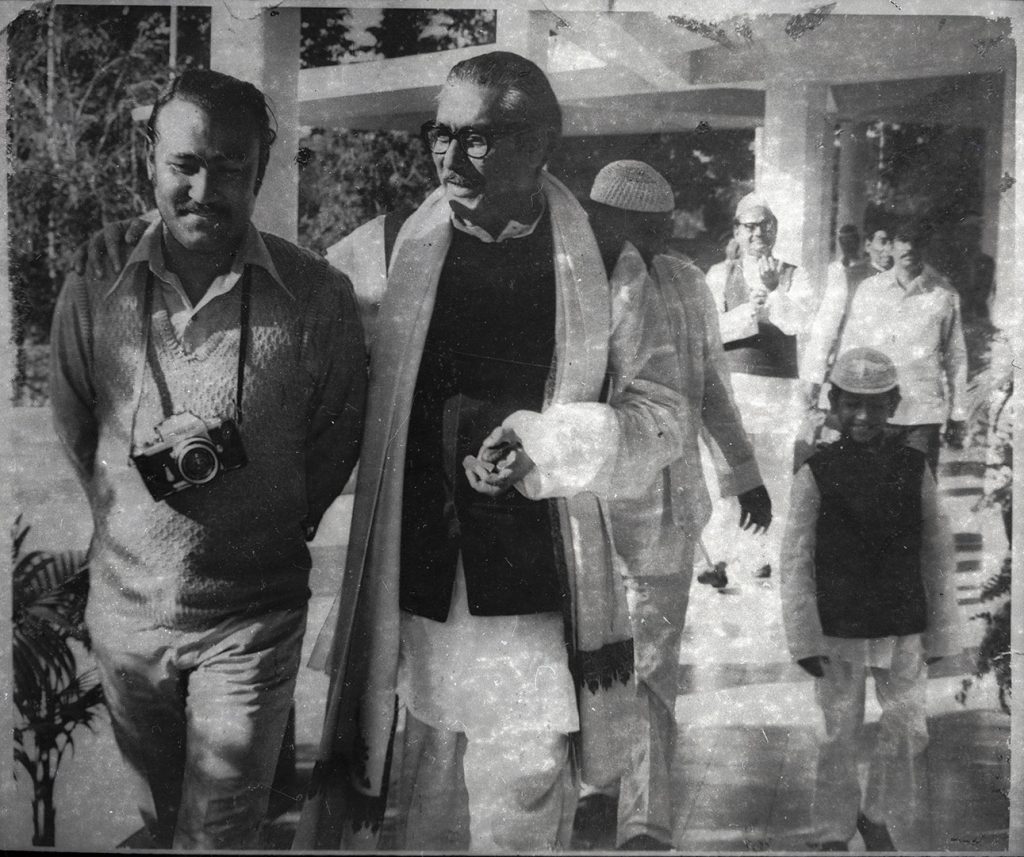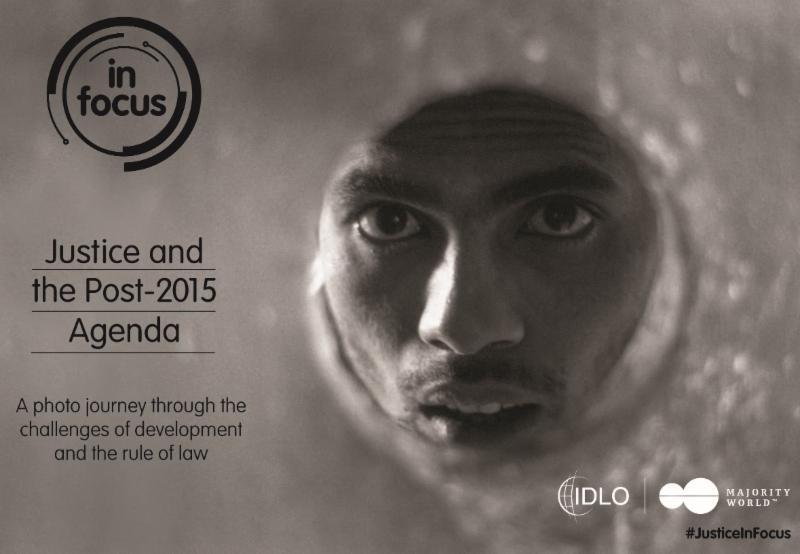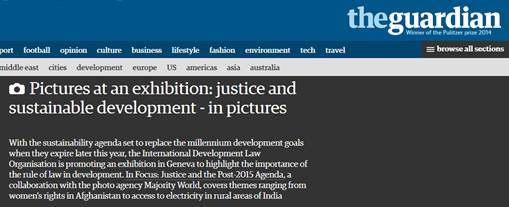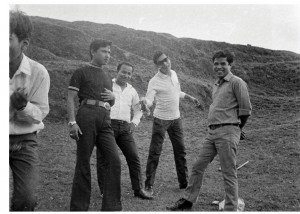Imagine being told you have only ten more days. To love, to live, to celebrate, to cherish, to repent, to ponder. Perhaps ten weeks, maybe months. Perhaps you have cancer, or you are on someone?s hit list. Or you have just been sentenced.Perhaps someone thousands of miles away will press a button. Perhaps you are in jail, being tortured. Perhaps death to you is a release, and end to pain, an ?acceptable price for your belief. Let?s move to happier thoughts. Perhaps you will start a new life. Maybe your first child is about to be born. You have crossed many miles and you near land. You see sunlight after years in solitary confinement. You bathe in rain after months of drought.
Maybe you have a discovery that will transform the way we live. Are you at a fork in your life as an artist? Have you embraced another medium, has someone given new meaning to your work? Is there a new visual language that will help interpret your world?
Perhaps you are seeing, or hearing for the first time. Maybe you are in love.Perhaps years of research have unearthed hidden wonders in the artistic space you walk on? Have you found a sparring partner, who stretches you to the limits of your potential? Is there a new way of seeing? Does your artistic journey, bring new relevance to the work you produce? Are you ready to emerge, as a butterfly from a chrysalis, momentarily waiting for your wings to dry?
Are you a curator whose interpretation has caused the world to look at a body of work anew? Are you on the other side of the fence, seeing what artists within have forgotten to see?? Are you prepared to take on the complexities of seeing, when doors are closed, minds are locked?? Perhaps space is your forte, and you work with the physicality of a venue, producing site-specific work that is ephemeral in its form, but eternal in its concept. Are you tied down by the shackles that define photography, or are you prepared to take flight, going outside the boundaries, reaching out to the periphery, unearthing the unknown?
Are you the old or the new, or do you not accept such definitions? Does your visual space extend to the non-visual, do you hear, touch, feel through your eyes? Is your photography trapped between the corners of a two dimensional frame, or will new relationships between dimensions be the catapult that releases your art? Do pixels move you? Are you married to grains of silver? Are objects found and unearthed, part of your domain?
Does the white cube encumber you? Do you seek open spaces? In spirit, in mind,in form. Are you able to connect the dots? Are you the artist, the curator, the scientist, the historian, the editor, the journalist, the collector, who will find the magic that will take photography to new heights? Who will tell your story? Share your thoughts, cherish those moments. Who will help you live after you die? Who will hold your hand as you dance naked in the sun, wear bright colours, sing out loud? Are you the storyteller who visualizes a changing planet?
Submission Guidelines
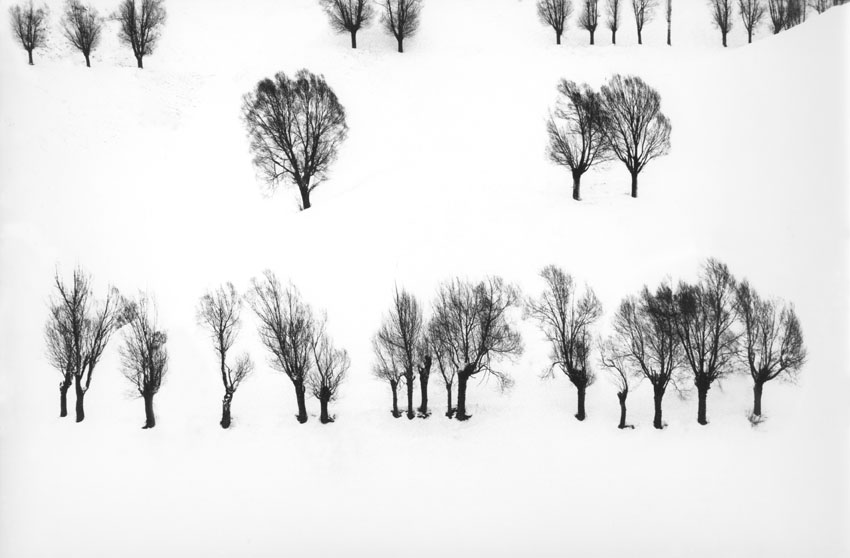




![The online group CP Gang's banner reads (translated) 'Resist these so-called civil [society] liars and anti-Independence intellectual prostitutes in order to uphold the true history of the liberation war to the younger generation.' Those whose faces are crossed out are, from left to right, journalist Mahfuzullah, Dhaka University professors Asif Nazrul and Amena Mohsin, North South university professor Dilara Chowdhury, lawyer Tuhin Malik, writer and columnist Farhad Mazhar, Saptahik editor Golam Mortuza, New Age editor Nurul Kabir, and daily Manabzamin editor Motiur Rahman Chowdhury. A human chain at the Central Shaheed Minar organised by the Muktijoddha Sangsad Santan Command, Dhaka on October 17, 2014.](http://newagebd.net/wp-content/uploads/2015/11/0229.jpg)
